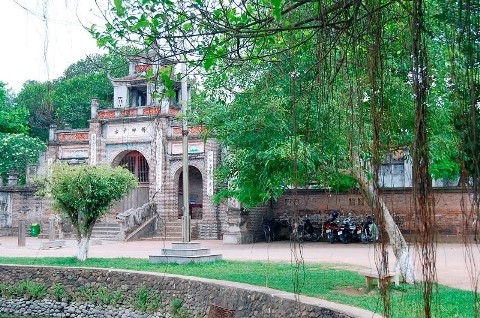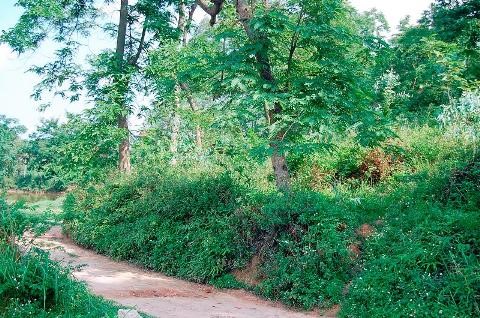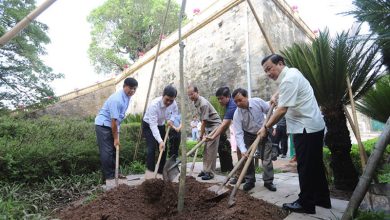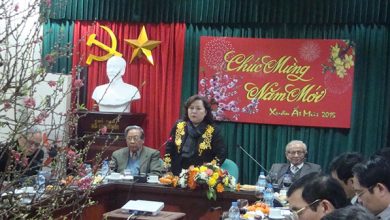Co Loa ranked as special national heritage
The Prime Minister has just decided to have Co Loa historical, architectural, art and archaeological heritage (Dong Anh district, Hanoi City) be ranked as the special national heritage.
Co Loa relics is located at three communes of Co Loa, Duc Tu and Viet Hung, Dong Anh district (Hanoi), about 17km to the North of today’s Hanoi. Differing from other historial heritage, Co Loa is a complex of relics spreading on a large preservation area of nearly 500ha. Co Loa was formerly chosen by An Duong Vuong (IIIth century BCE) who founded Au Lac Kingdom and by Ngo Quyen (Xth century) who founded Dai Viet as their capital, of which Co Loa Citadel is the proof which has been left by now. According to archaeologists, Co Loa Citadel is “the most ancient, large-size and originally-structured citadel in the history of rampart construction by ancient Vietnamese”.
Co Loa is a complex of archaeological sites which have been excavated, reflecting the continual development of the Vietnamese race from the dawn through the Bronze Age, the Stone Age and the Iron Age, of which the Dong Son Culture was the peak, being considered as Red River Delta civilization in the prehistory of the Vietnamese nation.
In the last August, the Prime Minister approved Master Plan on preservation and restoration of Co Loa Citadel (Scale 1/2000).
The Plan shall be taken place at areas related to Co Loa Citadel and neighboring areas in communes of Co Loa, Duc Tu, Viet Hung and Uy No, Dong Anh district, Hanoi City with scope of some 860ha.
The Plan is required to recommend measures on the preservation of object structure of remains, included historical- cultural monuments and natural landscape of which value is based on historical, scientific and actual grounds.
In addition, it is also required to determine category and protection borders of the Co Loa Citadel complex included three ramparts (Inner Citadel, Middle Citadel and Outer Citadel), Gate, temple, watch-post and other archaeological sites.
At the same time, it is also required to recommend measures on preservation and restoration of landscape in the site suitably to respect and prevent from deterioration and loss of monument values.
Regarding space structure and urban design, some positions of which connotation value on culture and history in Co Loa Citadel shall be selected to study the restoration and return of historical image aimed at serving tourism; restore some typical villages under traditional space structure attached with ancient architecture and traditional trading village.
Particularly, the Plan is required to recommend measures on natural landscape such as restoration, improvement and renovation of water system in the residential area, Citadel ditch, pond, Hoang Giang River and Duong River, Red River and Van Tri pond. 12 months after the Plan has been approved, Thang Long – Hanoi Heritage Conservation Centre is assigned to undertake the Plan.
| Together with Co Loa, 10 cultural relics have been requested for national ranking included: Ba Be Lake (Bac Kan); Yen Tu historical site, Historical Site to mark Bach Dang Victory in 1288 (Quang Ninh); historical and architectural site of Tran dynasty’s Temple and Pho Minh Pagoda(Nam Dinh); architectural monument of the Keo Pagoda(Thai Binh); Lam Kinh historical and architectural relic (Thanh Hoa); Memorial site of Nguyen Du Great Poet (Ha Tinh); Oc Eo- Ba The ancient archeological and architectural site (An Giang); Go Thap historical and archaeological relic(Dong Thap); Cat Tien National Park (Binh Phuoc, Dong Nai, Lam Dong). By now, there are 23 cultural relics nationwide. |







